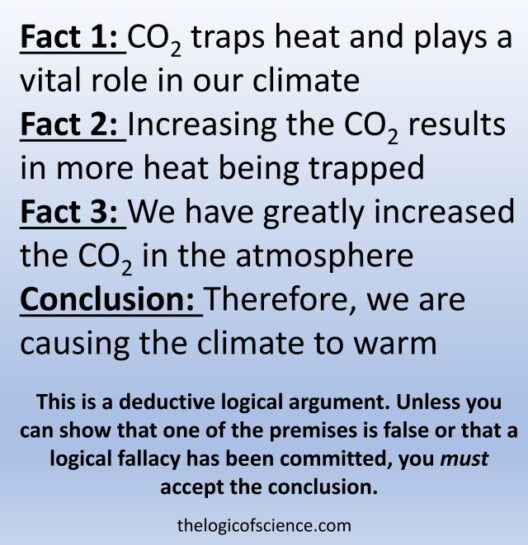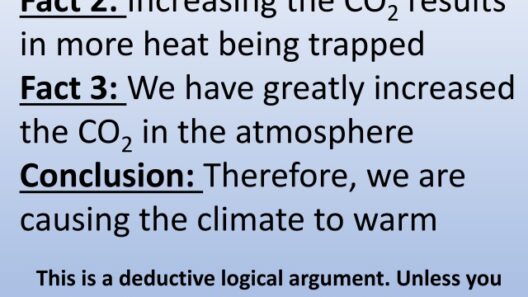Climate change, often cast as a perennial buzzword, emerges not merely as a looming threat, but as a clarion call for immediate action. As the planet warms, its implications ripple across ecosystems, affecting biodiversity in myriad ways. But how does global warming truly affect the intricate tapestry of life on our planet? This inquiry leads us into the heart of an ecological conundrum. What if, amidst our frantic quest for solutions to climate change, we also embrace the enriching complexity that biodiversity offers?
First, it is imperative to grasp the foundational relationship between temperature fluctuations and biodiversity. Global warming, driven by greenhouse gas emissions, leads to increased average temperatures across the globe. As habitats alter in response to these changes, species find themselves on precarious ground. The temperature rise can exacerbate stressors within ecosystems, rendering some species unable to adapt or relocate. Consequently, this results in a cascading effect, threatening not only individual species but entire ecosystems.
The phenomenon of habitat loss stands as a stark reminder of the consequences of global warming. Forests, wetlands, and coral reefs—each a unique habitat teeming with life—are increasingly endangered. Take coral reefs, for instance: they are the “rainforests of the sea,” home to 25% of all marine species. Rising ocean temperatures lead to coral bleaching, pushing these vibrant ecosystems to the brink of collapse. As corals face stress, the myriad species that rely on them for food and shelter are equally imperiled.
In terrestrial ecosystems, the warming climate can lead to shifts in species distribution. Some species may evolve to flourish in warmer conditions, while others, particularly those with limited mobility or specialized habitat requirements, may face extinction. For instance, alpine plants, naturally adapted to cold climates, are increasingly finding their habitats encroached upon by warmer-weather species. This shifting dynamic can lead to a homogenization of ecosystems, diminishing unique biological and genetic diversity.
Moreover, invasive species play a malevolent role in the changing biodiversity landscape. As global temperatures rise, certain non-native species find new opportunities to invade ecosystems that were once resilient to their encroachment. These invaders can outcompete native species for resources, leading to further loss of biodiversity. The resultant impact on ecosystem services could disrupt food chains, pollination processes, and nutrient cycling—critical components of a balanced environment.
Interestingly, the impact of global warming on biodiversity varies across geographic regions. Tropical regions, known for their rich diversity, are disproportionately affected due to their already precarious climatic conditions. Such areas are often more sensitive to slight temperature changes. The scenario paints a worrisome picture: as biodiversity diminishes and ecosystems falter, human populations reliant on these natural resources may find their livelihoods jeopardized.
Water scarcity poses yet another complication for biodiversity under the strain of climate change. Altered precipitation patterns lead to droughts in some regions while causing flooding in others. Freshwater ecosystems, such as rivers and lakes, are particularly vulnerable to these shifts. Aquatic life, including fish populations, faces dire consequences as water temperatures rise, leading to changes in reproductive cycles and habitat suitability. Such alterations can result in a push towards monocultures, further destabilizing ecosystems.
One might ponder how we, as stewards of the Earth, can grapple with these multifaceted challenges. A key to navigating these obstacles lies in conservation strategies that prioritize habitat resilience. Protecting and restoring critical ecosystems should be a cornerstone of global efforts to combat climate change. Initiatives such as creating wildlife corridors can enable species movement in response to shifting habitats, promoting genetic diversity and enhancing adaptability.
Addressing global warming also necessitates a radical shift in our cultivation practices. Sustainable agriculture practices can be harnessed to enhance soil health and sequester carbon, thereby mitigating climate change’s effects. Adopting agroecological practices not only supports food production but also preserves the ecological integrity essential for thriving biodiversity.
We must also engage in holistic policymaking that recognizes the interconnectedness of ecological health and human well-being. Incorporating biodiversity considerations into climate policy frameworks can foster comprehensive approaches to sustainability. Policymakers must collaborate with scientists, conservationists, and marginalized communities to ensure that the voices of those most affected by climate change are heard and integrated into decision-making processes.
In conclusion, while global warming poses a formidable challenge to biodiversity, it also serves as a powerful incentive for urgent, collective action. The prospect of losing irreplaceable species and the invaluable ecosystem services they provide is alarming. However, there lies within this crisis an opportunity to innovate, conserve, and reimagine our relationship with the natural world. As we ponder the complexities of climate change and its impact on biodiversity, we may ask ourselves: What will we do to protect the intricate web of life that sustains us all? Engaging with this question may reveal pathways to a more sustainable future, one in which both humanity and nature can flourish side by side.






